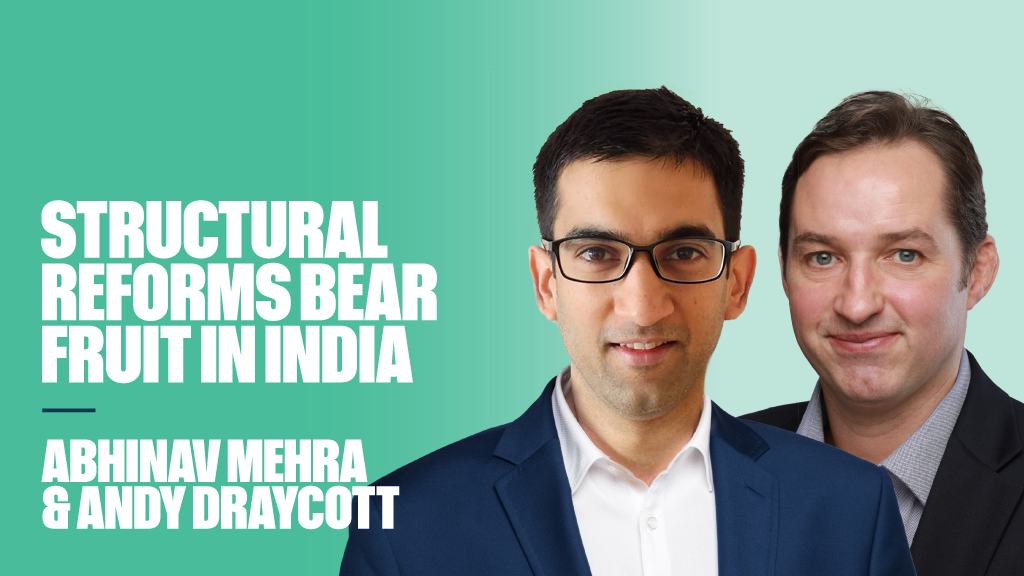Speaking at the launch of the firm’s latest Long-Term Capital Market Assumptions publication, John Bilton, global head of multi-asset strategy at the firm said poor demographics across the developed world and ongoing weak productivity remain a drag on economic growth. This, combined with the fact that loose monetary policy has meant that markets have ‘borrowed’ significantly from future returns over this cycle mean that investors looking for a return are not only going to have to consider alternative assets, but also can no longer afford to stick to static asset allocation models.
Pointing out that while returns are likely to be generally lower in 2017, Bilton added: “A year ago we said 6% is the new 8%, but in future years even 6 % is looking ambitious.
And, he added: “As nominal GDP comes down that static balanced return will continue to come under pressure.”
Added to this, the firm added: “Policy normalization will take much longer than previously thought. In combination with lower equilibrium interest rates, this leaves returns on long-duration government bonds roughly in line with cash and implies that after several years of quantitative easing (QE), duration premia have finally collapsed to zero.”
It is not all bad news, however, Bilton said, as while returns are lower, and duration premia have collapsed, equities, in particular, have held their credit and equity risk premia at a reasonable level.
“All that forces us to do is to think less about the absolute return space and more about how we extract that risk premium. It is more challenging, but it means there is stuff we can still do. We can extract income from markets, over the long term, it just means we have to be a lot more inventive about doing it,” he said.
One example of new areas of focus where the group does see an increase in opportunity is within alternative assets and private equity in particular.
That said, Bilton cautioned, investing in private equity requires “a very different investing DNA”.
“While your average private equity manager performs roughly in line with market beta, the spread between a top and a bottom quartile private equity manager is very wide, so increasingly, in this lower return, lower growth future, investing requires not only asset allocation expertise, it starts to get into end manager selection as well.”











